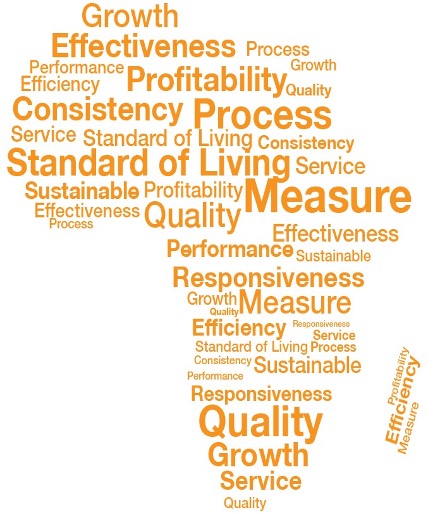Operational processes serve as the operational strategy’s execution arm, adhering to established operational policies, rules, and standards. Following the completion of the operational strategy formulation and operational policies definition process, the next pivotal step is defining operational processes. This multifaceted process encompasses several key steps:
Step 1: Review Operational Strategy and Policies: Initiate by conducting a comprehensive review of the operational strategy and policies to ensure seamless alignment with organizational objectives and strategic priorities. This foundational step lays the groundwork for defining processes that bolster the organization’s overarching goals.
Step 2: Define the Core (Primary) Processes: identify the cross functional core processes that delivers direct value to customers, generate revenue, and achieve business objectives. These core processes form the backbone of the organization’s operations and serve as focal points for process improvement efforts.
Step 3: Define Human Resource (HR) Processes: align HR processes with established human resources strategy and policies, covering areas such as recruitment, onboarding, performance management, training, and employee relations. These processes are crucial for effectively managing the organization’s workforce and fostering a positive work environment.
Step 4: Define Technology Processes: ensure alignment of IT processes with established technology strategy and policies, encompassing areas such as IT service management processes – software development, system maintenance, cybersecurity, incident, release, security, configuration and data management.
Step 5: Define Management Processes: define management processes in alignment with established management strategy and policies, covering aspects such as decision-making processes, leadership communication, organizational structure, reporting structure, accounting, finance, change management, compliance, and performance evaluation. These processes provide the framework for effective leadership and governance within the organization.
Step 6: Define Infrastructure Processes: establish infrastructure processes in alignment with established infrastructure strategy and policies, encompassing areas such as facilities management, equipment maintenance, supply chain management, and logistical operations. These processes ensure the efficient utilization of physical resources and support the organization’s operational needs.
Step 7: Define Information Processes: define information processes in alignment with established information strategy and policies, covering areas such as data governance, information sharing, data security, and knowledge management. These processes govern the handling and utilization of information assets to support decision-making and drive organizational performance.
Step 8: Store Process Documents in Accessible Repository: Compile and store process documents in a centralized and easily accessible repository for reference and compliance purposes. This facilitates efficient retrieval, distribution, and enforcement of processes throughout the organization, ensuring consistency and alignment with organizational goals.
By systematically defining processes across key functional areas such as core business processes, support processes, HR processes, IT processes, management processes, infrastructure processes, and information processes, organizations can streamline operations, enhance efficiency, and drive sustainable growth. Storing process documents in an accessible repository promotes transparency, accountability, and adherence to established standards, enabling organizations to navigate complexities and achieve operational excellence.





About the author